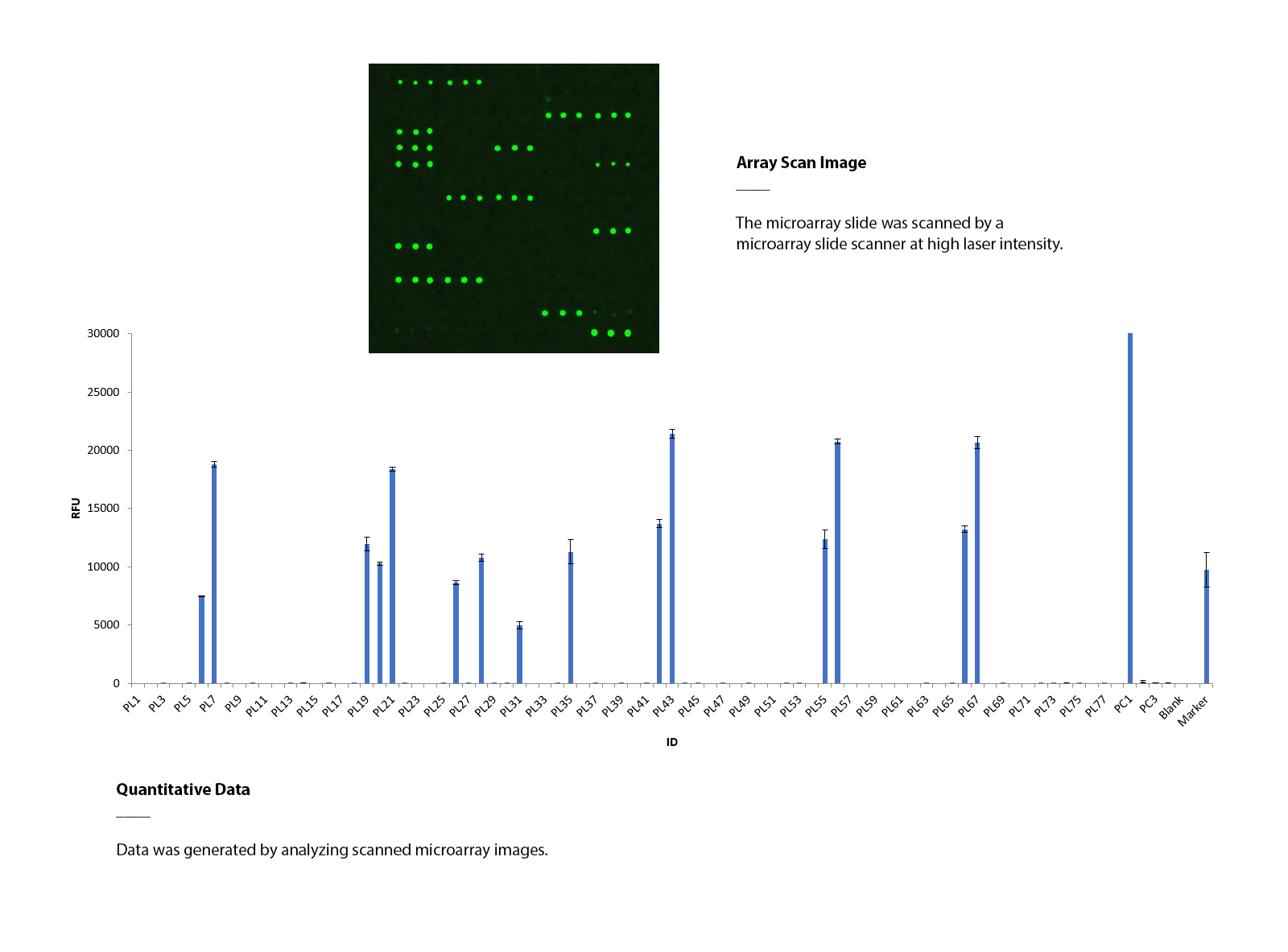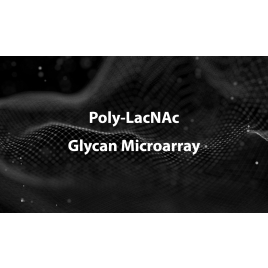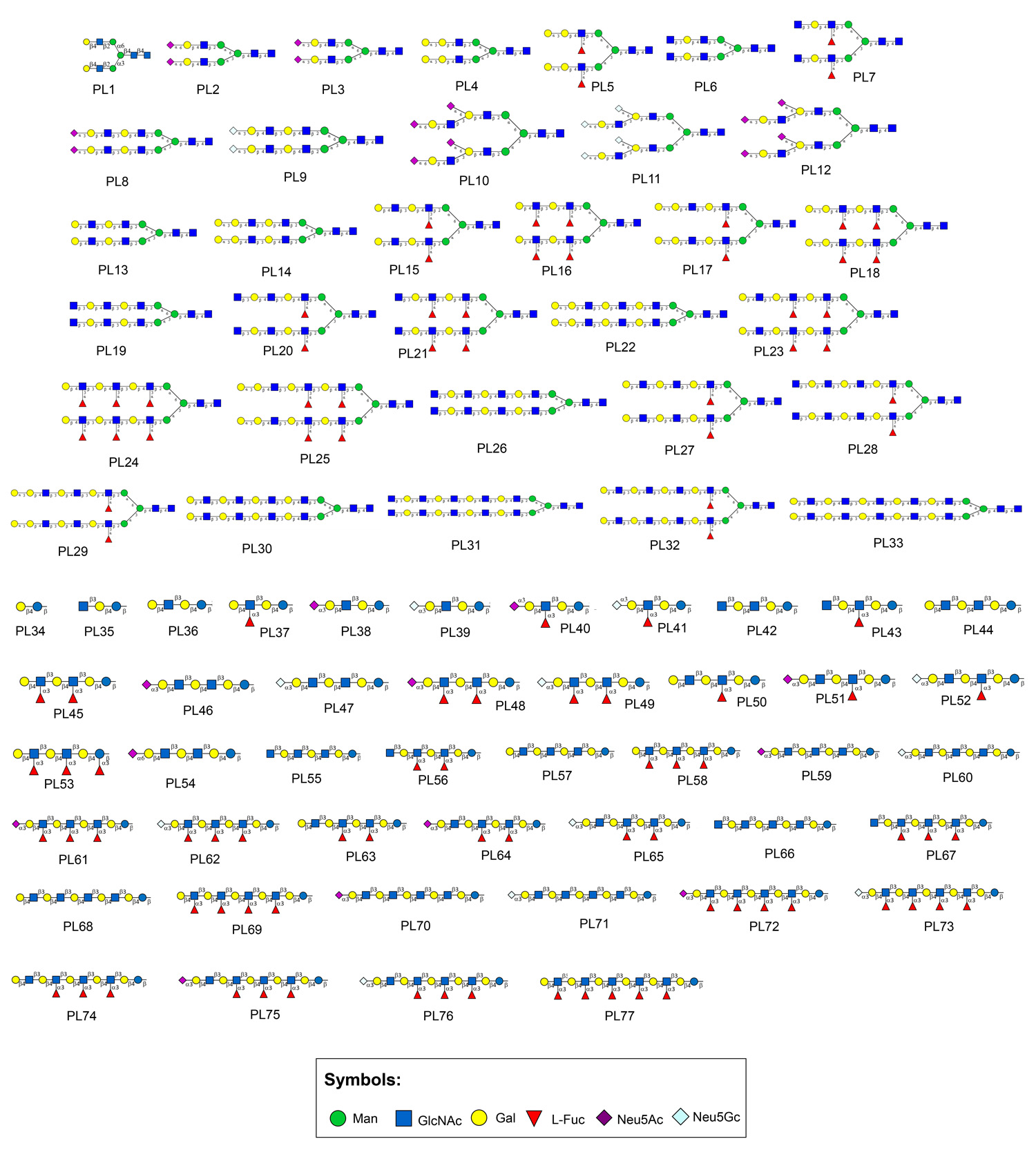Product
제품
-
Analytical Products
- Wyatt Technology
- Awareness Technology
- Eurofins l Abraxis (GSD)
- Aurora Biomed
- Canada NRC-CNRC
- Cifga
- Chrom Tech
- Eichrom Technologies
- EPROGEN
- Fluidic Analytics
- Globe Scientific
- GENERON
- Halo Labs
- Hygiena International
- KROMATON
- InProcess-LSP
- MTC Bio
- MZ-Analysentechnik
- Newomics Inc.
- Occhio Instruments
- Optimize Technologies
- Pickering Laboratories
- PolyLC
- Raykol Group
- RheoSense
- Rocker Scientific
- Santai Science
- SEDERE
- Spectra Analysis
- UCT
- Wealtec Corp
-
Bio & Medical Products
- Biolog
- Adooq Bioscience
- A&A Biotechnology
- Accegen Biotechnology
- Anatrace
- Array Bridge
- Biogenes GmbH
- BioQuochem
- BioServ UK
- Biomiga
- Biotech Support Group
- CinderBio
- Cell Technology
- Creative Biolabs
- Creative Diagnostics
- Creative Biostructure
- Creative Biomart
- Creative Enzymes
- EICOM
- Emulseo
- GLYcoDiag
- Helix Biotech
- InnoGenomics
- IsoSciences, LLC
- IUL Instruments
- Micropore Technologies
- Matrix Innovation
- PreciGenome
- PhylumTech
- ProFoldin
- Protein Ark
- Primer Design
- ProteoChem
- RareCyte
- RECIPE
- Silicycle Inc.
- Tymora Analytical
- UTAK
- YouSeq
- Z Biotech
소개

Poly – LacNAc Glycan Array
Poly-N-acetyl-lactosamine (poly-LacNAc) structures represent a distinct class of linear glycan structures, comprising repeating disaccharide units of N-acetylglucosamine (GlcNAc) and galactose (Gal). These units are interconnected via a β(1,3) linkage between GlcNAc and Gal, and a β(1,4) linkage between Gal and the succeeding GlcNAc. Such structures are typically integrated as disaccharide repeats in O-glycans, N-glycans, and glycolipids, constituting components of their elongated or branched side chains. These glycan extensions serve as backbone polymers, enabling further glycan branching to form I-antigen structures. Moreover, they may undergo modifications such as sulfation, resulting in the production of keratan sulfate or the incorporation of specific terminal capping structures. Examples of these terminal capping structures include ABO, Lewis blood group, and HNK-1 antigen structures.
LacNAc structures hold considerable importance in numerous biological processes, owing to their participation in cell-cell interactions, cell signaling, and immune recognition. These structures contribute to cell adhesion by engaging with lectins, carbohydrate-binding proteins that facilitate cell-cell communication. Such interactions have an impact on cell signaling pathways, migration, and differentiation. Furthermore, LacNAc structures serve as ligands for immune receptors, including selectins, which play a crucial role in leukocyte rolling and adhesion during inflammatory responses. They can also be recognized by galectins, a family of lectins that modulate immune cell activation, differentiation, and apoptosis. Certain pathogens, such as bacteria and viruses, can bind to LacNAc structures present on host cell surfaces, thereby enabling infection. To counteract this, host organisms have evolved strategies to modify LacNAc structures, effectively preventing pathogen attachment and invasion.
LacNAc structures, while essential for maintaining biological homeostasis, have been implicated in various diseases due to their abnormal expression. Altered LacNAc expression has been linked to chronic inflammation and autoimmune disorders, including rheumatoid arthritis and systemic lupus erythematosus. Modifications in LacNAc structures affect immune cell interactions, activating pro-inflammatory pathways and contributing to the onset and progression of these conditions.
Recent studies have demonstrated that LacNAc structures within N-glycans protect tumor cells from T cell immunosurveillance by disrupting proper immunological synapse formation and diminishing transcriptional activation, cytokine production, and cytotoxicity. These findings suggest that LacNAc structures on tumor cells play a critical role in modulating the quality and magnitude of T-cell responses. This knowledge opens avenues for future research into the potential of cancer-associated LacNAc structures as immunotherapy targets. By selectively targeting abnormal LacNAc structures expressed by cancer cells, it may be feasible to enhance anti-tumor immune responses and develop more effective cancer treatments.
As the significance of LacNAc structures in human health and disease becomes increasingly apparent, Z Biotech has developed a robust poly-LacNAc microarray platform to expedite research on the interactions between poly-LacNAc structures and diverse biological samples. The poly-LacNAc array comprises 77 unique structures, incorporating both linear and branched poly-LacNAc structures. These closely related isoforms, characterized by well-defined repeat units, offer a comprehensive set of poly-LacNAc structures for exploring mammalian and microbial poly-LacNAc-binding proteins.
The array system boasts 8 or 16 identical subarrays, enabling simultaneous analysis of multiple samples. With an uncomplicated assay format that necessitates only a small sample volume, the platform yields reliable glycan-binding information at high throughput. This cutting-edge tool holds the potential to augment our understanding of LacNAc structures and their implications across various biological contexts.
Features
• Evaluate binding specificities of Poly-LacNAc glycan-interacting proteins
• Evaluate binding specificities of Poly-LacNAc glycan-interacting antibodies
• Study virus – Poly-LacNAc glycan interactions
• Study bacteria – Poly-LacNAc glycan interactions
• Study vesicle – Poly-LacNAc glycan interactions
• Study cell – Poly-LacNAc glycan interactions
Applications
• Evaluate binding specificities of Poly-LacNAc glycan-interacting proteins
• Evaluate binding specificities of Poly-LacNAc glycan-interacting antibodies
• Study virus – Poly-LacNAc glycan interactions
• Study bacteria – Poly-LacNAc glycan interactions
• Study vesicle – Poly-LacNAc glycan interactions
• Study cell – Poly-LacNAc glycan interactions
Using a Poly-LacNAc array to determine the binding specificity of GS-II.
Lectin GS-II, originating from the seeds of the tropical African legume Griffonia simplicifolia, is a 113,000-dalton protein comprising identical subunits. In this assay, the binding specificity of GS-II lectin was evaluated using a Poly-LacNAc array.
The Poly-LacNAc array was treated with biotinylated GS-II lectin (10 μg/mL), followed by the application of streptavidin (Cy3). The array was subsequently scanned using a microarray scanner at a wavelength of 532 nm. The positive control exhibited binding signals as anticipated. GS-II was found to bind to poly-LacNAc chain structures terminated with GlcNAc specifically.

사양
주문정보
10618-16S Poly – LacNAc Glycan Array Slide (16 samples)
10618-8K Poly – LacNAc Glycan Array *Assay Kit (8 samples)
10618-16K Poly – LacNAc Glycan Array*Assay Kit (16 samples)
* The assay kit contains a microarray slide, a bottle of blocking buffer, a bottle of assay buffer, a hybridization chamber, and sealing films. The hybridization chamber is a device that holds the array slide, assay buffer, and samples to be analyzed.
관련자료
List of Poly – LacNAc structures on the array (download the PDF)
Protocol & User Manual (download the manual)



